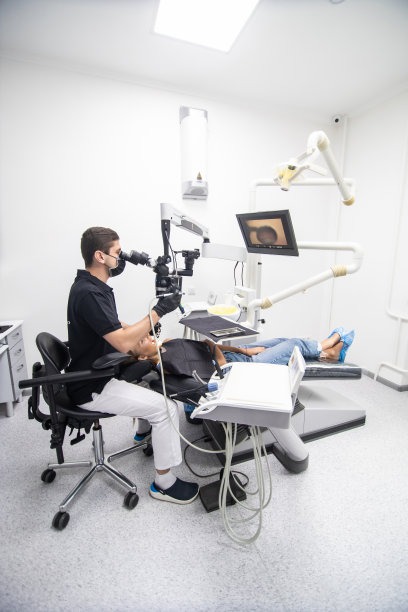Essential Precautions to Ensure Successful Outcomes in Dental Implant Procedures for Optimal Oral Health and Patient Satisfaction
Summary: Dental implants have revolutionized restorative dentistry, offering a permanent solution for tooth loss. To ensure successful outcomes in dental implant procedures, practitioners must take essential precautions. This article will explore four critical aspects: thorough patient assessment, meticulous surgical technique, diligent post-operative care, and effective patient communication. Each of these areas plays a pivotal role in achieving optimal oral health and enhancing overall patient satisfaction. By adhering to these precautions, dental professionals can minimize complications, ensure implant longevity, and foster trust with their patients.
1. Thorough Patient Assessment Procedures

A comprehensive patient assessment is crucial in determining the suitability for dental implants. This involves reviewing the patient’s medical history to identify any underlying conditions, such as diabetes or cardiovascular issues, that could affect healing and integration of the implant. A detailed examination also provides insights into the oral health status, including the condition of surrounding teeth and gums.
Diagnostic imaging, such as X-rays or CBCT scans, is invaluable in assessing bone density and structure. These images allow the dentist to plan the implant placement accurately, ensuring there is sufficient bone volume to support the implant. The more informed the decision-making process is, the greater the likelihood of a successful outcome.
Additionally, engaging patients in a consultation about their expectations and concerns can significantly enhance their satisfaction. Addressing questions and laying out a clear treatment plan helps to create a more comfortable environment for the patient.
2. Meticulous Surgical Technique and Planning
The surgical phase is pivotal in the success of dental implants. It is essential for the dentist to employ a meticulous surgical technique, which includes proper placement of the implant at the right angle and depth. This requires not only skill but also thorough pre-surgical planning based on the patient’s unique anatomy.
Utilizing advanced technology, such as 3D planning software, can help in visualizing the surgery, guiding the placement of the implant more accurately. Furthermore, adopting a minimally invasive approach can significantly decrease trauma to the surrounding tissue, which is beneficial for faster recovery.
Maintaining a sterile field during the surgery is another critical precaution. This helps to prevent infections, which can jeopardize the implant. Proper post-operative instructions and scheduling follow-up visits are equally important to ensure the healing process proceeds without complications.
3. Diligent Post-Operative Care Practices
Post-operative care is vital in ensuring the longevity of dental implants and the satisfaction of patients. After the surgery, patients should be closely monitored for any signs of complications, such as excessive swelling, pain, or bleeding. Educating patients about the normal healing process contributes to their peace of mind.
Advising patients on proper oral hygiene practices post-surgery is essential. This includes gentle cleaning around the implant site and avoiding certain foods that may hinder recovery. Providing guidelines on pain management and when to seek further medical attention empowers patients to take an active role in their healing process.
Regular follow-up appointments help in early detection of any issues related to the implants. During these visits, the dentist can assess the integration of the implant and make necessary adjustments to the treatment plan, ensuring long-term success.
4. Effective Patient Communication Strategies
Communication between the dentist and patient should be clear and open. Ensuring that patients fully understand the procedure, risks, and benefits empowers them and builds trust. Utilizing visual aids, such as diagrams or videos, can enhance comprehension and set realistic expectations.
Patients should also be encouraged to voice their concerns and preferences, which can guide tailored treatment plans. Showing empathy and care in communications fosters a positive patient-dentist relationship, essential for satisfaction.
Post-treatment follow-up, through calls or messages, reaffirms that the dentist cares about patient well-being, which can lead to enhanced patient loyalty and referrals. Continuous engagement encourages compliance with aftercare instructions and helps build a foundation of trust for future treatments.
Summary:
Ensuring successful outcomes in dental implant procedures requires a multi-faceted approach. The thorough assessment of patients, meticulous surgical technique, diligent post-operative care, and effective communication are essential precautions that contribute to optimal oral health and patient satisfaction. By following these guidelines, dental professionals can achieve better outcomes and foster long-lasting relationships with their patients.
This article is compiled by Vickong Dental and the content is for reference only.



